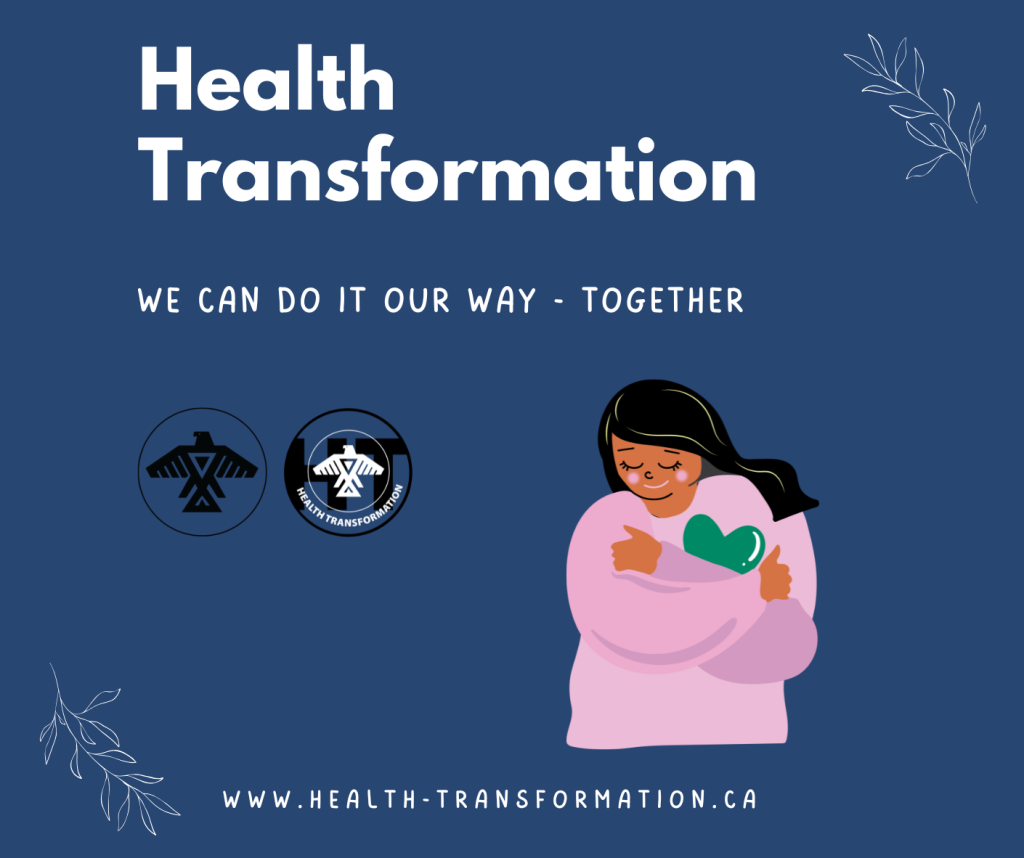What is Health Transformation?
Health Transformation will give First Nations a high-quality, culturally-driven health system that is tailored to community needs and is designed and controlled by First Nations. Health Transformation is not devolution; it is First Nations taking control of their health.
Why do we need Health Transformation?
The current state of First Nations health services does not meet the needs of citizens. Indigenous Peoples suffer significant health disparities when compared to the non-Indigenous population. For example:
- life expectancy is shorter and avoidable mortality rates are higher among Indigenous Peoples;
- First Nation adults have more than double the risk of dying from avoidable causes when compared to non-Indigenous adults;
- mental illness and suicide rates are higher in Indigenous People. Depression and PTSD are prevalent in First Nations people living both on and off-reserve; and,
- the suicide rate is much higher, along with self-harm among youth and adults.
Communities with higher levels of community control have been proven to have improved health outcomes.
Key principles

- Nation-based and Community-driven
- Community money is community money
- Working with health providers
- Simplified reporting
- Patient-first services
- Leave no-one behind
- Forming better partnerships
- No more clawbacks
- Improved infrastructure
What does this mean in practical terms?
- Transfer of the federal role from a “designer and deliverer” of health programs and services to a “funder and governance partner” based on new relationships and accountabilities.
- Health Transformation is about creating a new governance structure made for Anishinabek, by Anishinabek.
- Effective participation by First Nations in:
- enacting policies, identifying results, allocating resources
- establishing service standards
What are the benefits of Health Transformation?
- First Nations would assume control and be central to the design and delivery of all health services at the community level.
- Better integration and coordination of services to support a seamless continuum of care, thereby addressing service gaps, duplication of effort, and fragmented service provision.
- More effective and efficient programs to be achieved through aggregated health service delivery.
- Creating better and higher-paying jobs.
- Improved health outcomes and more responsive service delivery.
- Larger and flexible budgets with long-term escalators.
